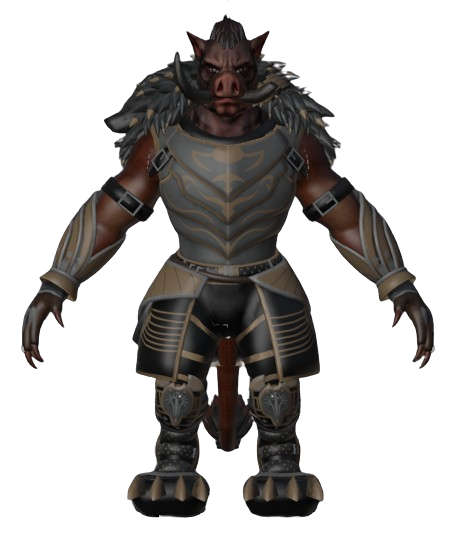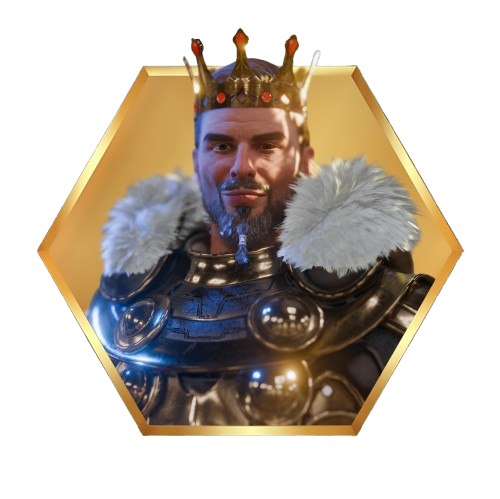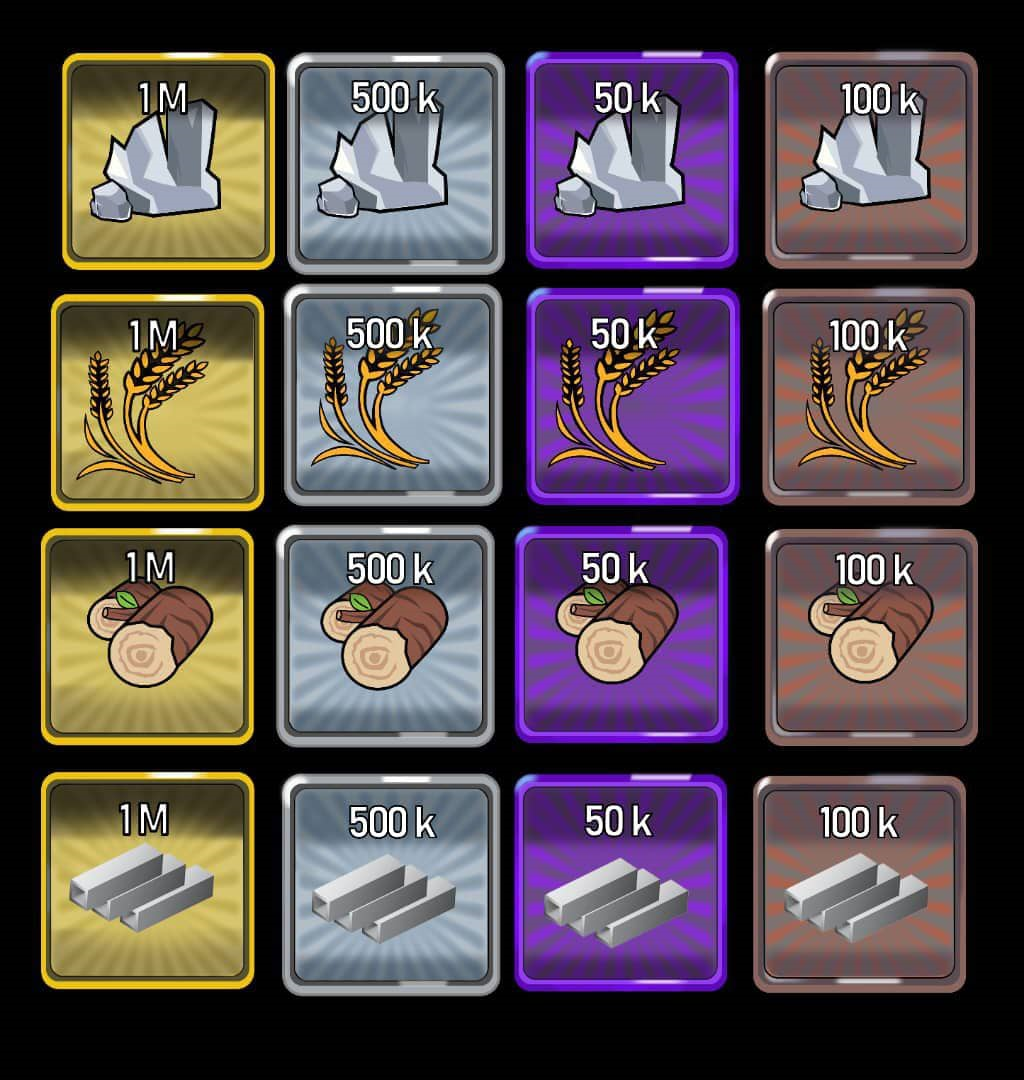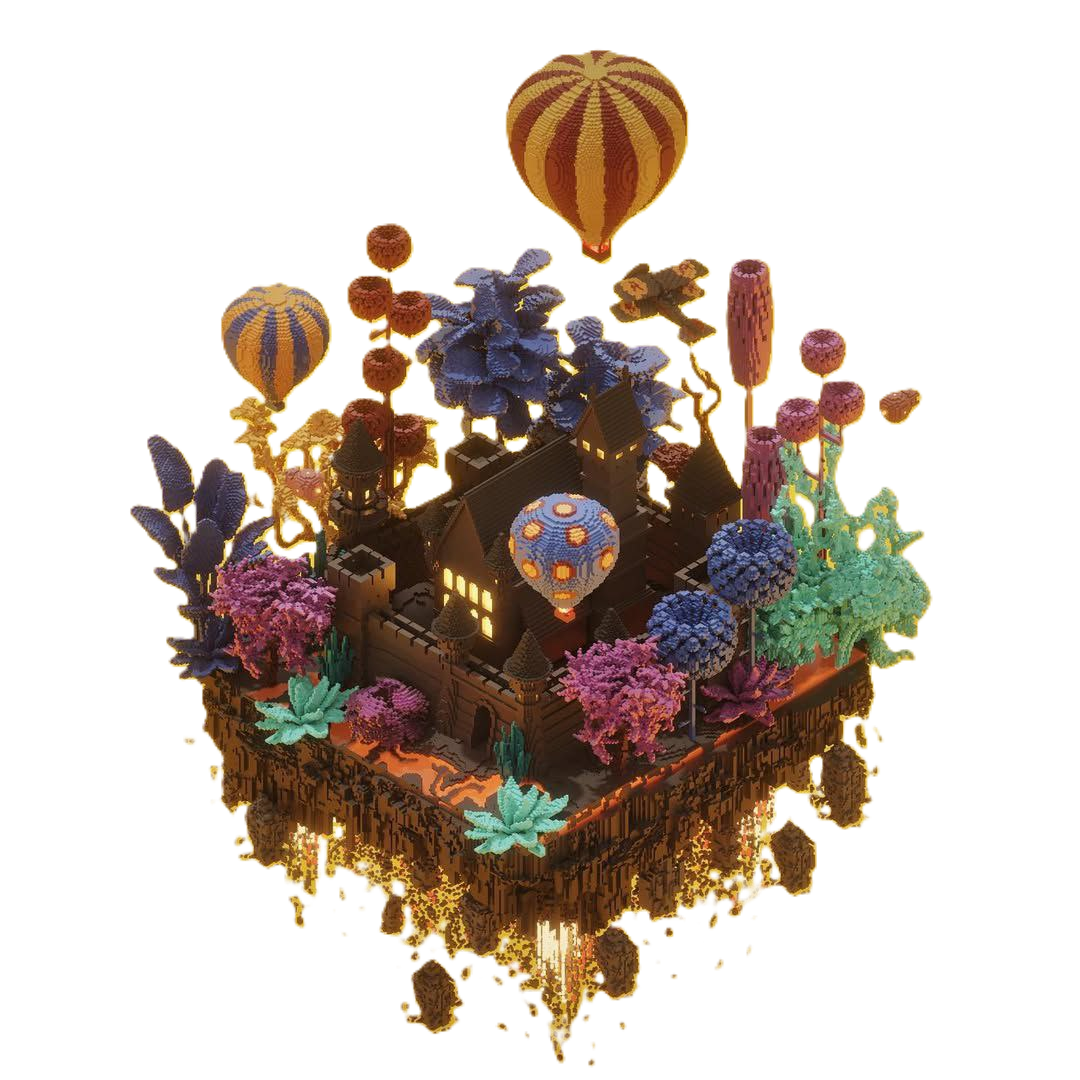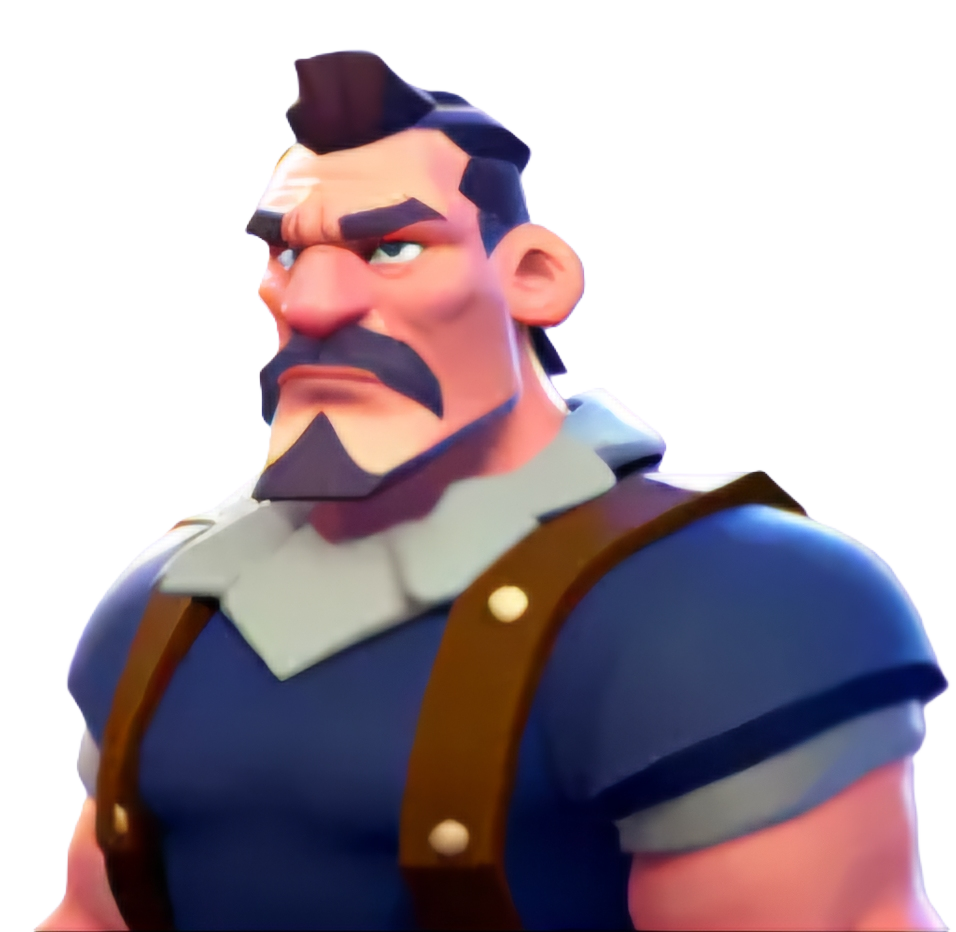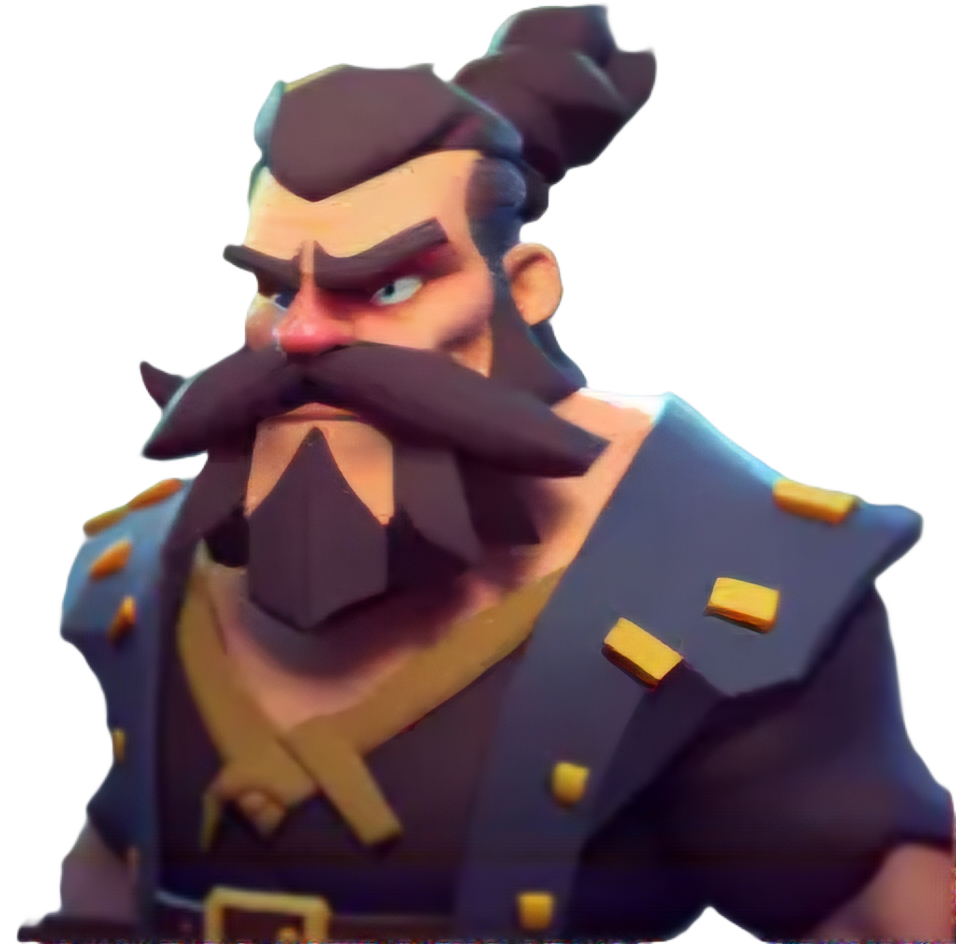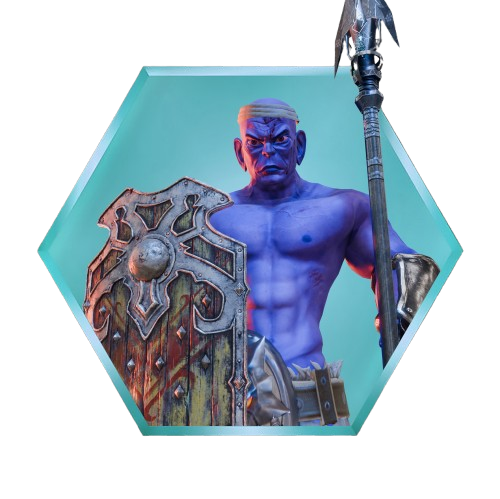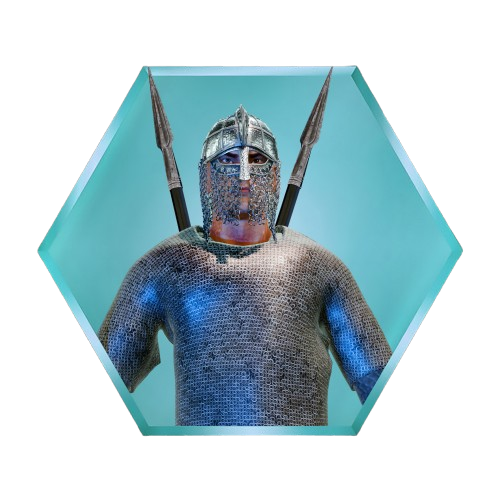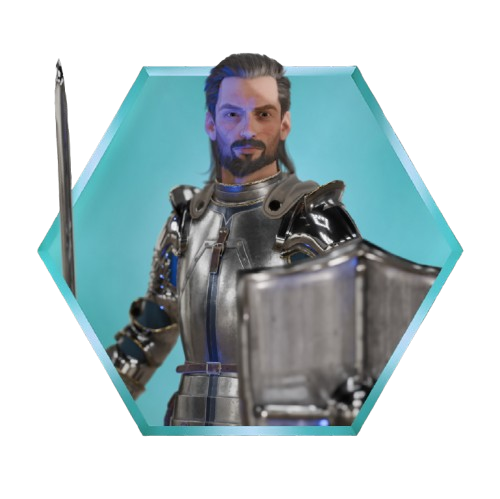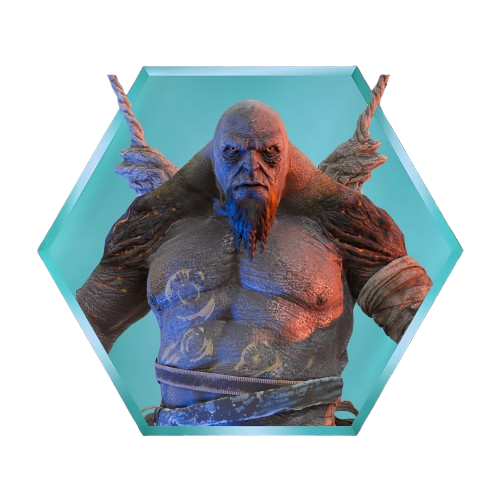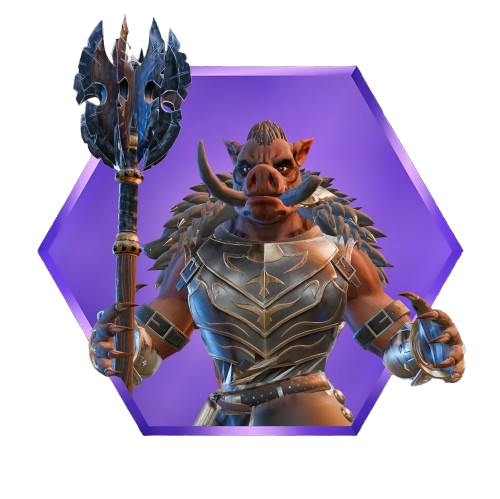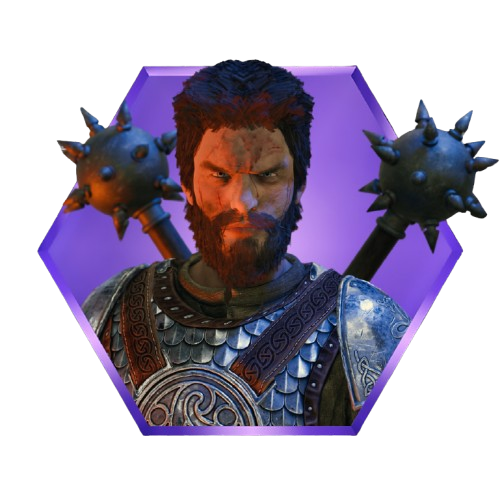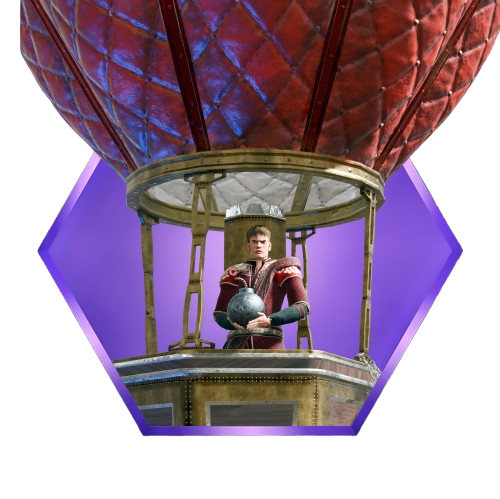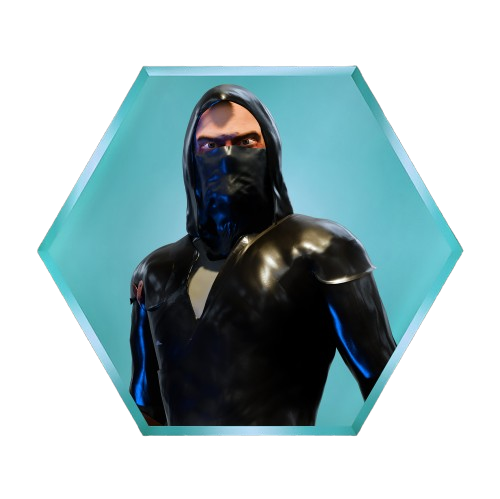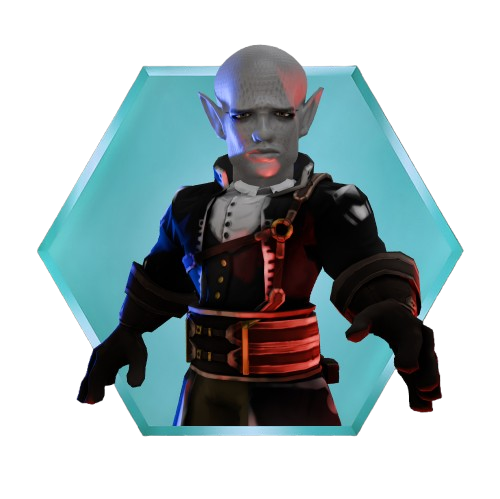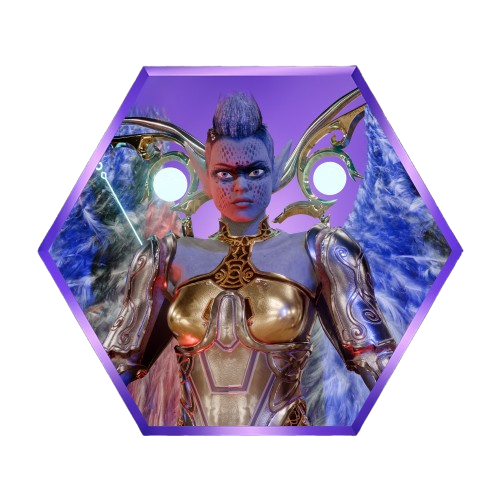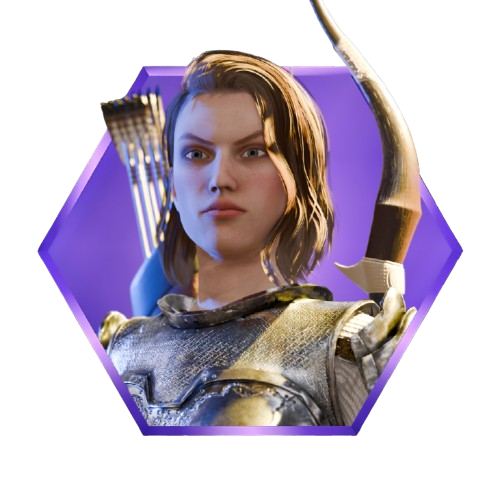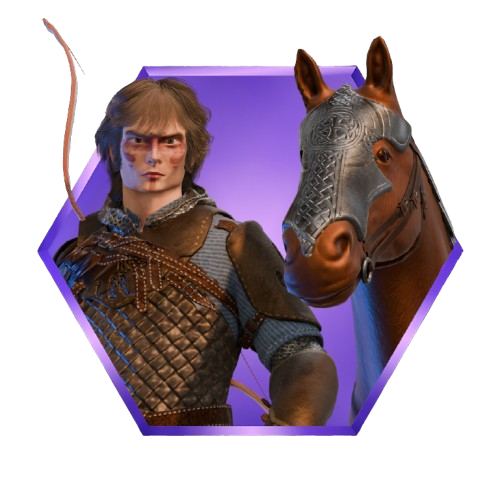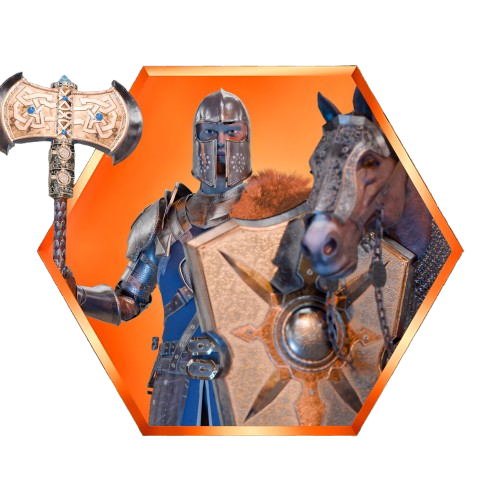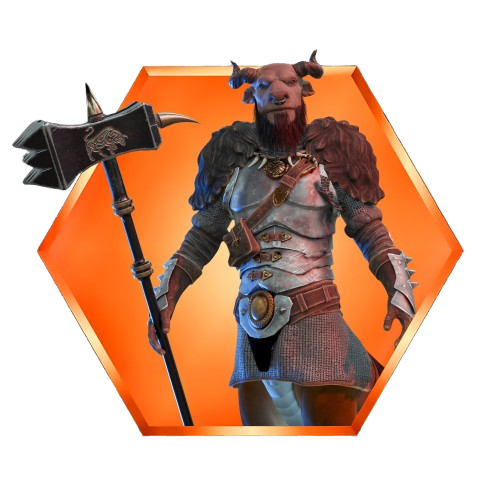The story behind the game
BLOCKCHAIN INTEGRATION
Blockchain integration in the game refers to the use of blockchain technology to ensure transparency, security, and true ownership of digital assets within the game. This technology allows players to own their items, currencies, and assets as non-fungible tokens (NFTs) or cryptocurrencies, enabling them to buy and sell these assets freely on open marketplaces. This approach decentralizes the game’s economy, empowers players, and provides secure, peer-to-peer transactions without intermediaries.
IN-GAME ITEMS
In-game items include weapons, armor, skins, and other virtual objects that players can acquire to enhance their characters or improve their gameplay experience. These items may be obtained through game progression, completing missions, or purchasing with real money. In-game items often play a crucial role in player strategy and advancement, and some can be traded or upgraded.
Collectible Assets
Collectibles are special and sometimes rare items that players can gather throughout the game. These items usually have symbolic or decorative value, and collecting them can give players a sense of achievement and progression. The presence of collectibles increases motivation to explore the game world and enhances replayability.
REWARDS SYSTEM
The rewards system is a structured framework that motivates and rewards players for achieving specific goals or completing missions. Rewards can include in-game currency, special items, experience points, or even symbolic achievements. By offering immediate and motivating feedback, the rewards system encourages players to engage more deeply with various aspects of the game, creating a dynamic and compelling experience.
DECENTRALIZED WORLD
A decentralized world refers to a game environment where all aspects—game logic, assets, and rules—are stored transparently and immutably on the blockchain. In this structure, players are not only participants but also co-creators of the game world, able to contribute to the development, modification, and management of the game's rules and assets. This approach ensures true ownership and control for players, allowing the game to operate independently without reliance on a central server.
COMPATIBILITY ENVIROMENT
A compatibility environment is a set of standards and tests designed to ensure the game runs smoothly across various hardware, operating systems, languages, and devices (PC and mobile). The goal of this environment is to provide a seamless and trouble-free experience for all players, regardless of their chosen device or platform.
GAME ENGINE
The Unity game engine is a powerful, cross-platform software framework used for developing video games, especially story-driven online MMO strategy games. Unity offers features such as 3D graphics rendering, physics, artificial intelligence, networking, animation, and rapid development tools. It enables developers to deploy the game across multiple platforms with minimal changes, delivering a unified and engaging experience for players.
